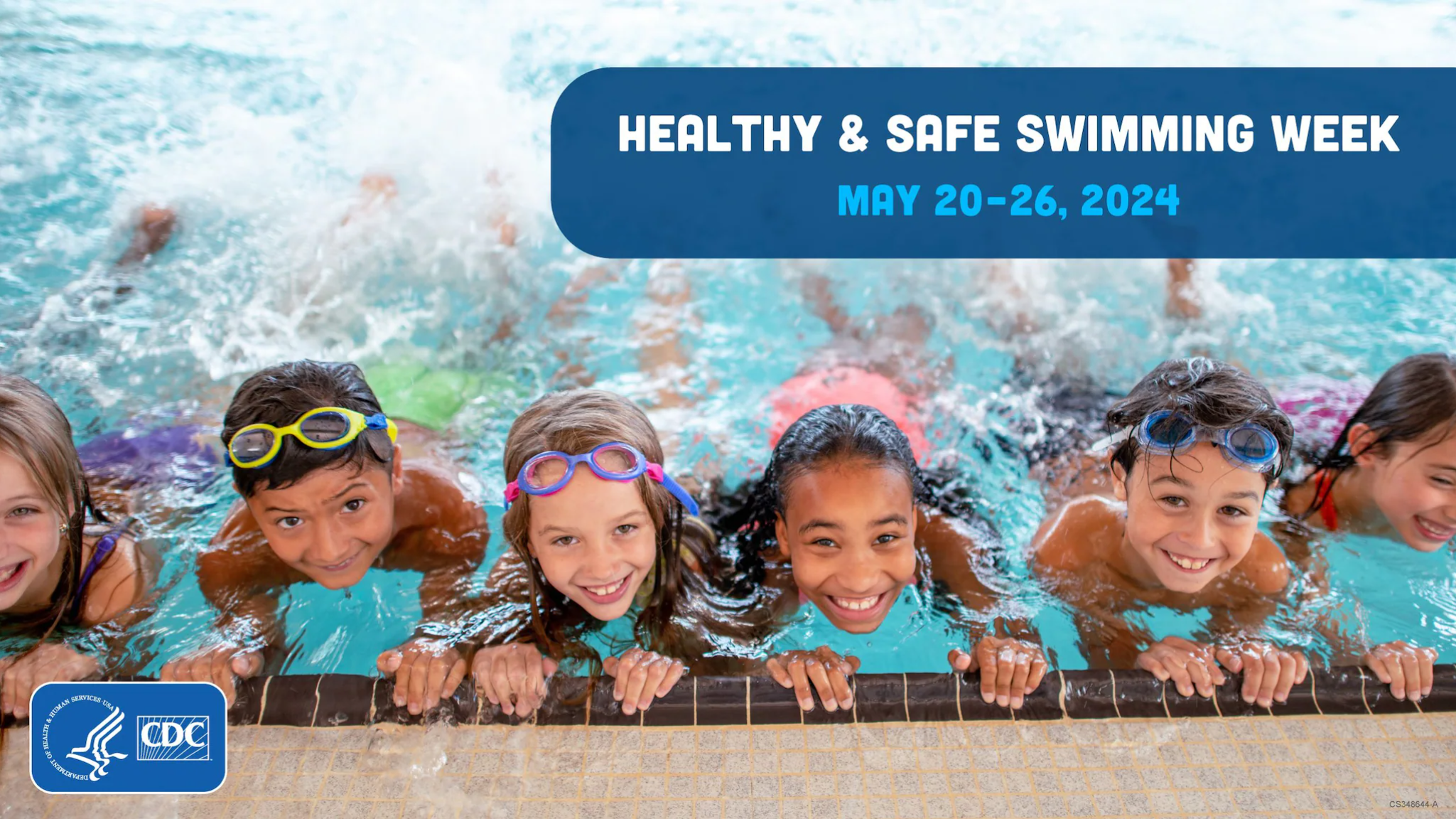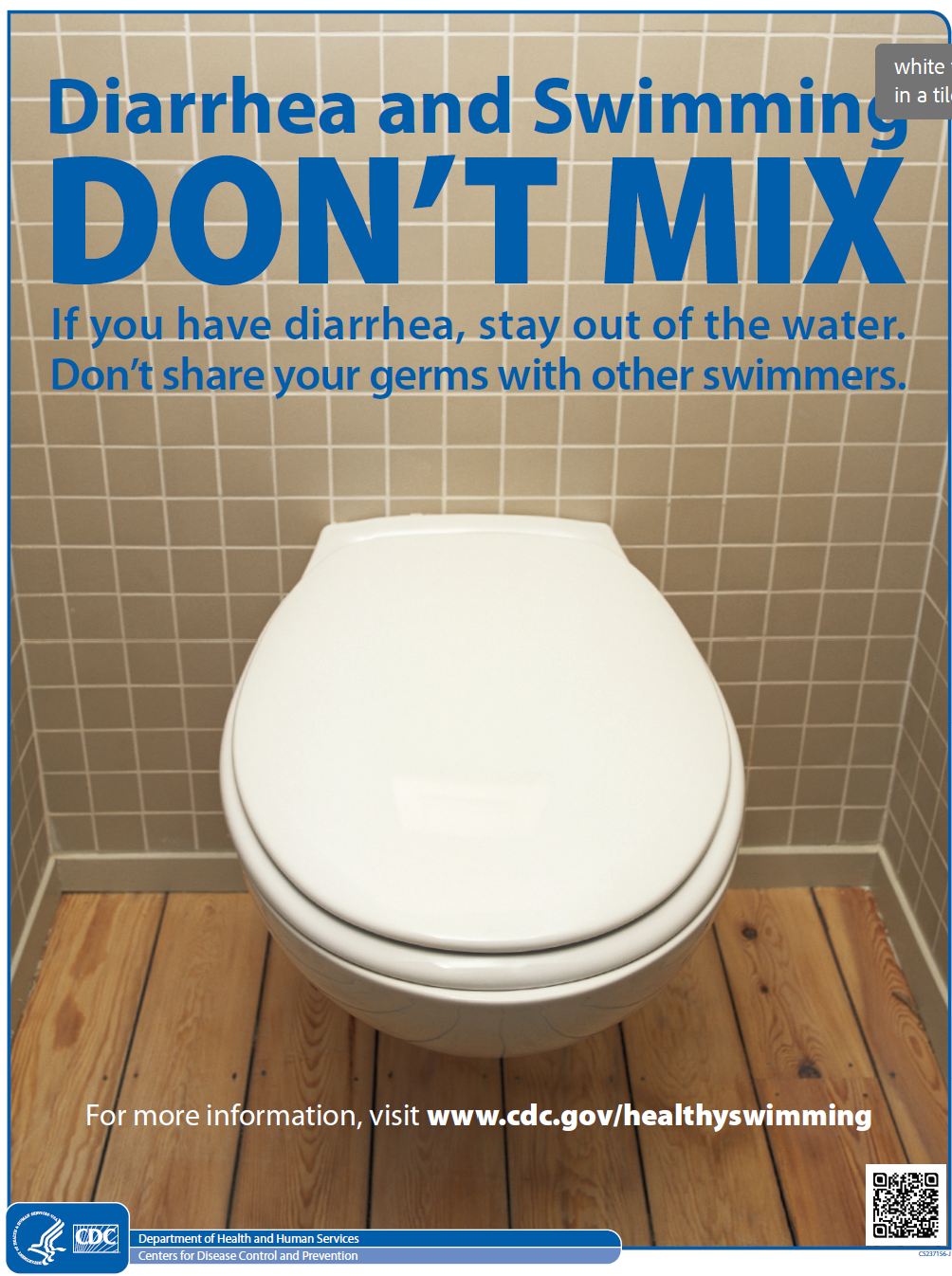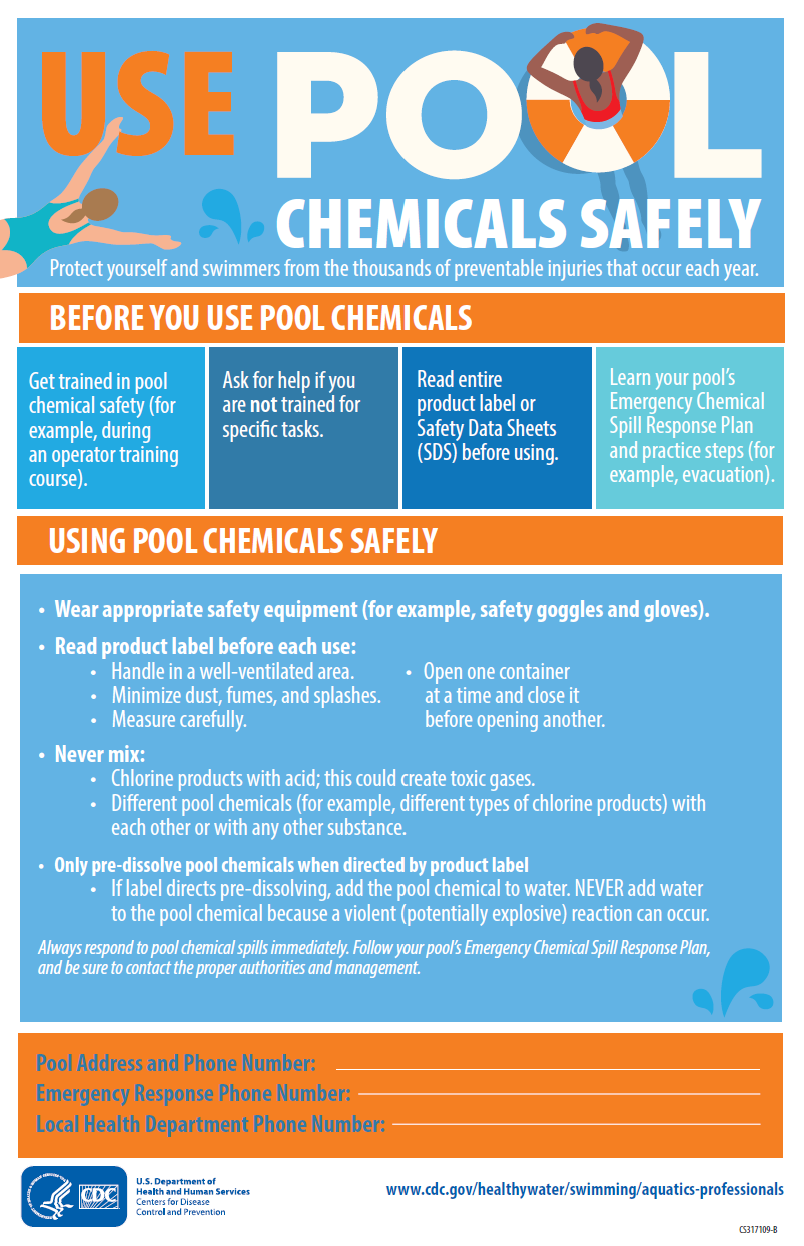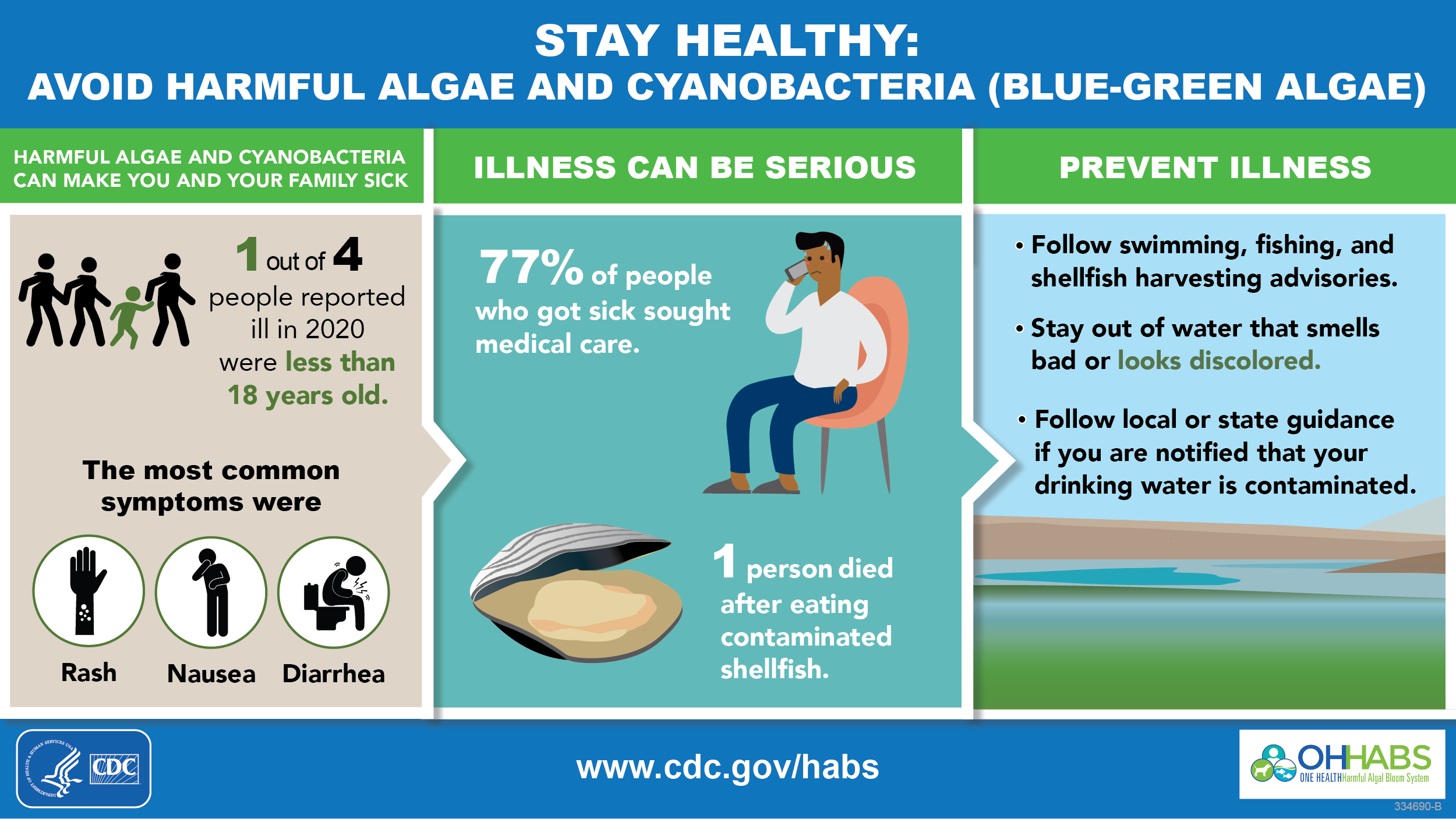The purpose of the Public Recreational Bathing Project is to ensure the health and safety of bathers within all public recreational bathing facilities and improve public health in the state of New Jersey. The project provides guidance and interpretation of N.J.A.C. 8:26, the Public Recreational Bathing rule.










